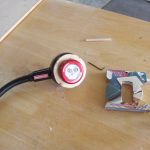We may receive a commission when you use our affiliate links. However, this does not impact our recommendations.
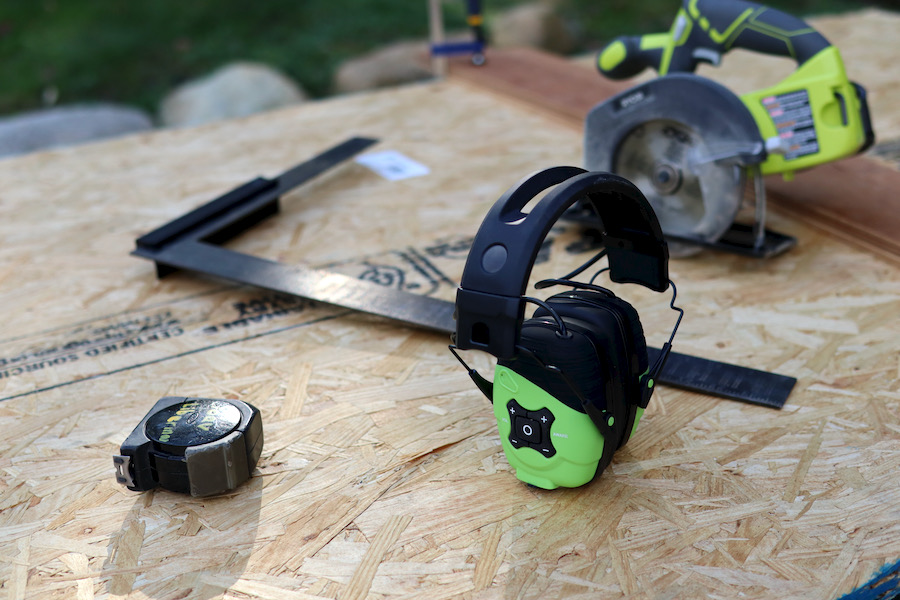
I recommend turning the earmuffs OFF when operating a circular saw and most other electrical power tools.
Protecting our ears in loud environments is paramount for our audio health, but blocking our ears from listening to our surroundings can throw off our spatial awareness, which can lead to bodily injuries. I am not claiming that humans are like bats (who totally rely on their hearing capacity for in-flight navigation) but from my experience, wearing quality earmuffs can cause me to be less aware of my shop environment. So while on one hand, my ears are better protected, the blocking of sound deprives my brain of the spatial micro feedback that is important for orientation and navigation of the space (and avoiding obstacles.) It is a bit hard for me to explain this and although I tried to find a definition of what I experienced, I have yet been unable to locate an article or a blog entry on this topic. What I do know is that using the earmuffs for long periods of time isolates me from the space and makes me goofier – especially while walking. I find that I might not notice an open cabinet door, or bump into a corner of a bench as I try to move a board or some other stuff around. My solution is to just take the muffs off right after turning off the loud machine or tool that I have been using. Putting the muffs on and then off and moving around in the shop is something that I believe many of us got used to (how many times have you been looking for the elusive muffs which mysteriously disappeared from their last known location?) and while this is a nuisance – it is the prudent thing to do. In an ideal world, someone should have come up with smart muffs that allow unharmful sounds like music from your radio or the voices of your shopmates to get through but kicking the muffs into action only to block those over-the-top sounds and decibels that damage our ears.
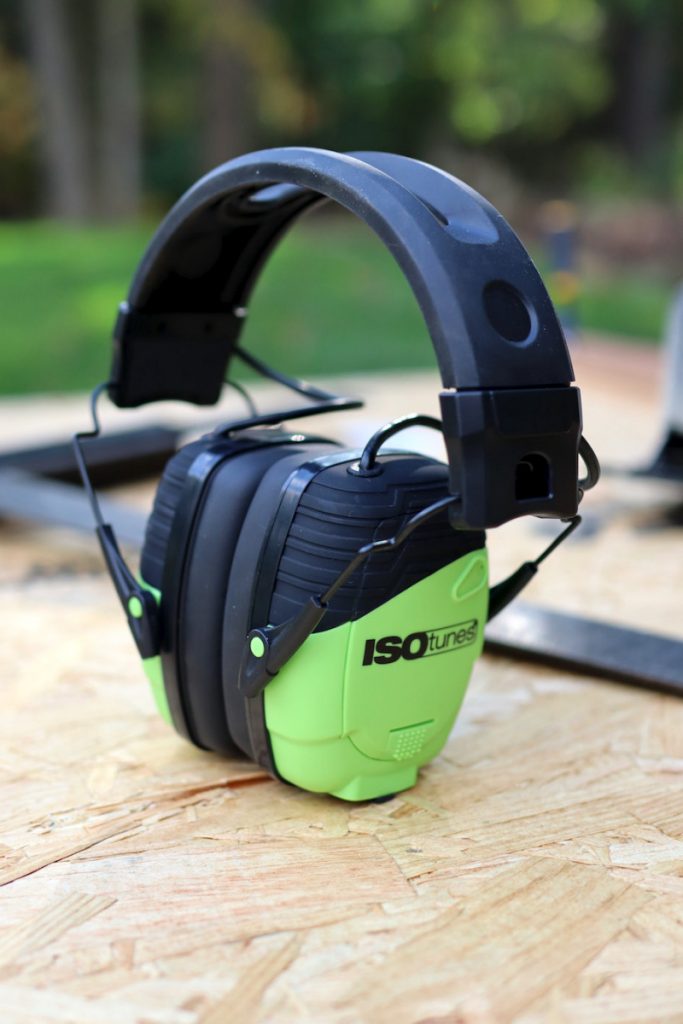
A few weeks ago I got an earmuff that claims to be exactly this. The ISOtunes LINK Aware Earmuff Hearing Protector claims to do a few great things:
- To block any sound that exceeds 85 decibels.
- Allow the user to hear everything in the room (as if he or she is not wearing the muffs) but when loud noises are generated to completely block them.
- Allow the user to connect the muffs to their electronic devices via Bluetooth so they can hear music or answer the phone while wearing the muffs.
Did the ISOtunes LINK Aware live up to their expectations? Here are my conclusions.
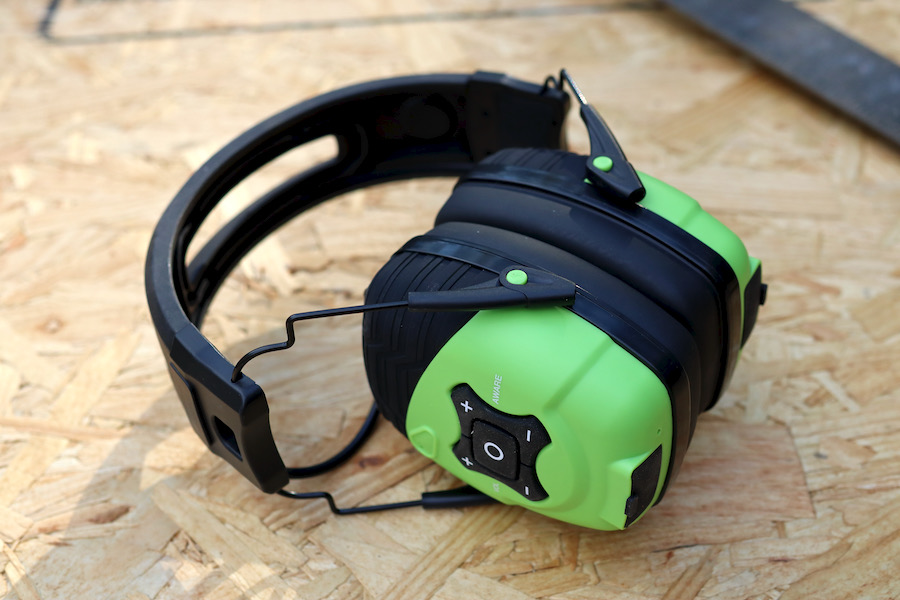
Sound protection
The muffs really excel in blocking impact sounds such as hammering, chiseling, and hitting that monumental holdfast by Crusiblel tools.
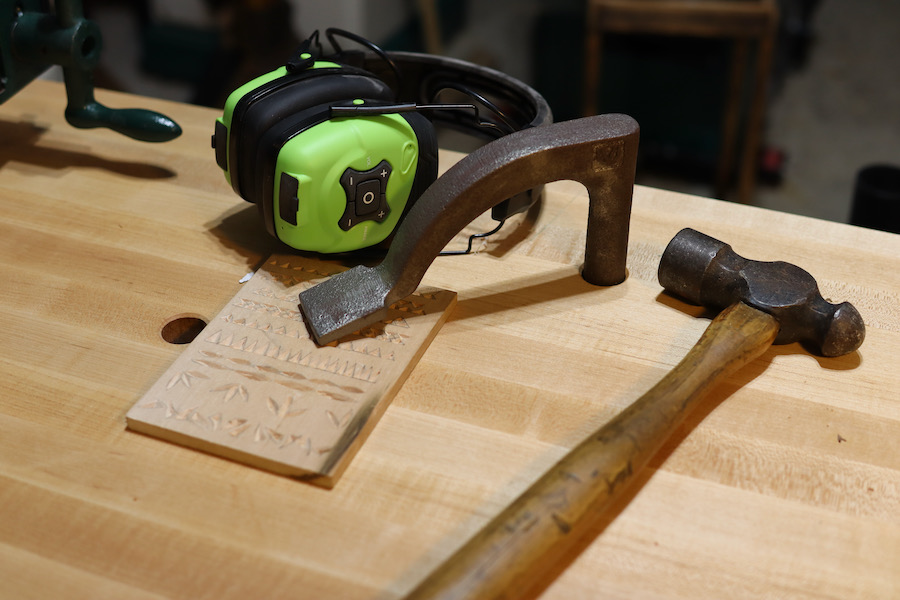
While they are on and their inner algorithm is doing its math, any sudden and short-lasting sound that would inconvenient a normal person is instantly blocked, but if you turn on that loud jointer or planer… the muffs might not kick into action. This is because the sound level produced by most stationary machines – while inconvenient – is still below the 85 decibel threshold. In my case, only when I turned on both my dust collector and planner did the muffs’ inner call for duty got activated and the noise reduction was felt. I used a sound meter app on my phone and found that at 84 decibels, my dust collector is the loudest machine in my shop while, the planner produces only 80. The makers of ISOtunes noticed this and recommend that if you anticipate wearing the muffs while operating noisy machinery that is a tad below the 85 decibels cut-off point, you’d be better off turning the muffs completely off – which I did.
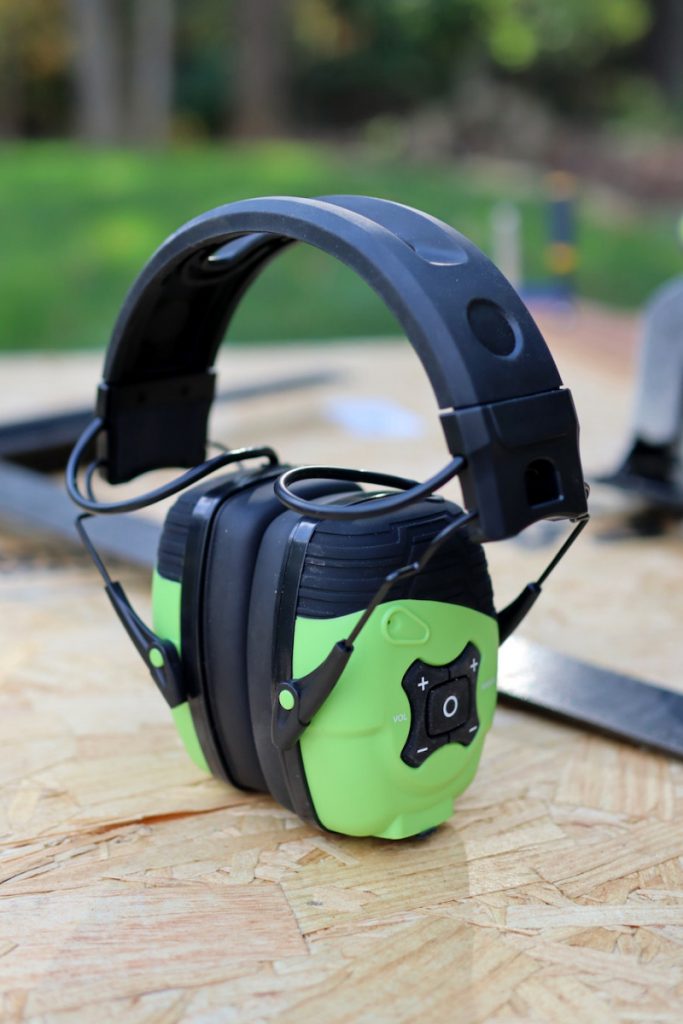
Controls
There are two adjustments options on the ISOtunes LINK Aware. The first one allows you to increase or decrease the inner speaker volume, say when you are listening to music or answering a phone call while using the muffs. The other adjustment elevates or lowers the muff’s inner computer sensitivity (‘Aware’ technology) to environmental sounds. In any case, I hardly adjust the muffs and instead rely on the factory setup.
Is it worth it?
So do I use it in my shop? Yes, I do. I like its efficacy with benchwork sounds and I found a way to utilize it for all other power tools noisy work as long as I remember to turn it off before turning the power tool on. I really like the Bluetooth features and overall comfort and versatility. But at an average price of $120 the ISOtunes LINK Aware is four or six times the cost of generic earmuffs (and twice as expensive as some Bluetooth earmuffs) – which is substantial. If the ISOtunes LINK Aware had been programmed to smartly block the annoying and harmful sounds of the table & band saws, the planer, the jointer, the drill press, and other electrical power tools in the same way it blocks hammering, then I would say by all means go for it. But currently the version I got require me to turn the muffs OFF each time I get ready to use my power tools. So emphatically I can only sing its praise when used to block thumping and hammering noises.
I can’t wait for ISOtunes to come out with a smart and dedicated model that will recognize how to fine-tune its sound bearing throughout the entire plethora of noises that a typical woodshop environment produces.
Here are some supplies and tools we find essential in our everyday work around the shop. We may receive a commission from sales referred by our links; however, we have carefully selected these products for their usefulness and quality.







